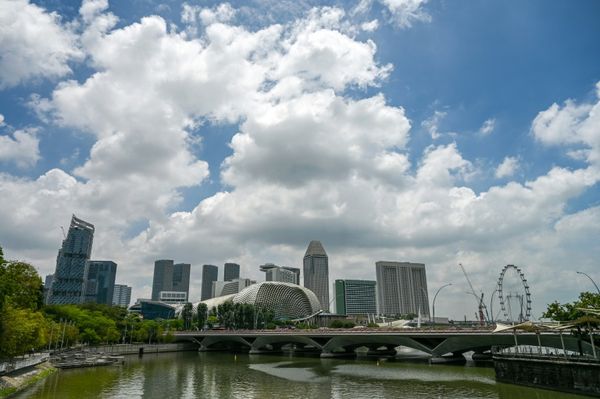
New research from the Insurance Institute for Highway Safety finds that the cameras and sensors that supply data for vehicle crash prevention technology can cause headaches for owners when repairing the model after a collision. Among the people who had to have things fixed, about half said they had problems with these features after the repair. In some cases, getting a proper calibration for the systems can force folks to return to the mechanic several times.
"Most of the more than 3,000 owners we contacted said they had never needed to have their crash avoidance features repaired, but for the minority of owners who did, the problems weren’t always resolved easily," said IIHS Senior Research Scientist Alexandra Mueller, who designed the survey. "Many had issues with the technology afterward, and some said they had to have the same feature repaired more than once. Still, the vast majority said they would buy a vehicle equipped with the technology again and most were satisfied with the out-of-pocket cost."
Around two-thirds of the people who needed a windshield replacement reported having issues afterward with their vehicle's safety tech. Three-quarters of folks who needed crash damage fixed experienced problems with the systems.
However, fewer than half of the respondents who needed repairs not related to the windshield or a crash ended up having problems with their collision prevention tech.
Whenever a sensor or camera is removed or replaced, they require recalibration. This process is also necessary during windshield repairs. The IIHS believes that the incidence of post-repair problems is related to mechanics having issues with the calibration process, which can require specific training and special equipment.
The good news is that the crash prevention tech is proving to be reliable when collision repairs or windshield replacements aren't necessary. For example, a study by the IIHS-affiliated Highway Loss Data Institute found that the reduction in insurance claims for Subaru and Honda models with these systems basically didn't change even for vehicles that were more than five years old.
While any issues with a vehicle are annoying, people seem to like these safety features. The IIHS study found only around five percent of owners who experienced a problem with this tech said that they wouldn't purchase another vehicle with similar systems.







